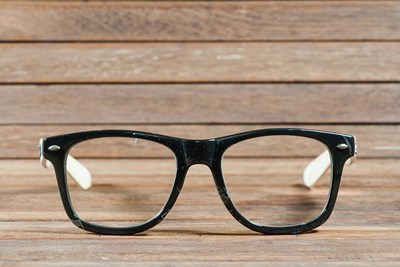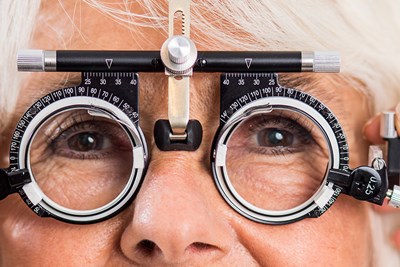Lazy eye, or amblyopia, is an eye condition in which the brain begins to turn off communication to one eye and begins favoring the other, stronger eye. Treatment is often simple and effective when begun early.
There is no surgery technically designed with curing lazy eye. Instances that might require surgery include cataracts, strabismus, or droopy eyelids. Here’s a look at surgeries pertinent to amblyopia and what to expect from them.
Alternatives to Lazy Eye Surgery
In most cases, less invasive treatment options will be utilized before resorting to surgery. For example, your eye doctor might prescribe an eye patch for two to six hours per day. This may take as little as six months or as long as two years to be effective. Other methods, such as a filter for prescription lenses or Atropine eye drops that blurs the stronger eye, can be equally effective but less obvious and embarrassing.
Cataract Surgery
Cataracts make the lens of the eye cloudy, interfering with the passage of light through the eyeball, and thus general vision. According to All About Vision, cataract surgery is extremely safe and effective -- about three million of these surgeries are performed in the United States each year. Cataract surgery is generally an outpatient procedure.
It may be performed by phacoemulsification. High-frequency ultrasound waves break apart the cataracts, which are then suctioned out through a tiny incision, which promotes a faster healing time. An artificial lens is placed and the incision is closed. Laser cataract surgery is also becoming more popular, having recently passed approval for use in creating the incision and breaking apart the cataract -- although it significantly increases the cost.
Ptosis Surgery
Droopy eyelids are a natural defect that can interfere with vision, although their influence on lazy eye is still questionable. Very little effective options exist beyond surgery. This surgery holds the potential risk to make your eyelids asymmetrical or may significantly hamper your ability to move your eyelids
Technically considered a cosmetic layer, this surgery involves tightening the muscles that lift the eyelids. In severe cases, it may be necessary to include the eyebrows in this contraction; the forehead can then work in the way the muscles intended to lift the eyelids. Make sure to carefully discuss this procedure with your doctor or surgeon beforehand.
Strabismus Surgery
If your lazy eye is caused by strabismus or a combination of strabismus and a refractive error, surgery may be an eventual option/necessity. Essentially, your eye surgeon will go in and adjust the affected muscles to help improve movement and vision. This can be done in through various methods, and depending on the case you may need multiple surgeries.
A recession procedure involves detaching and reattaching muscles that are too strong. A resection procedure involves moving muscles to make them stronger. During resection procedures, adjustable suture strabismus surgery may be an option. This can be performed with general or local anesthesia. After a few hours of wearing a protective eye patch, your surgeon will see how well your eyes line up and can use the suture accordingly before making the suture permanent.



